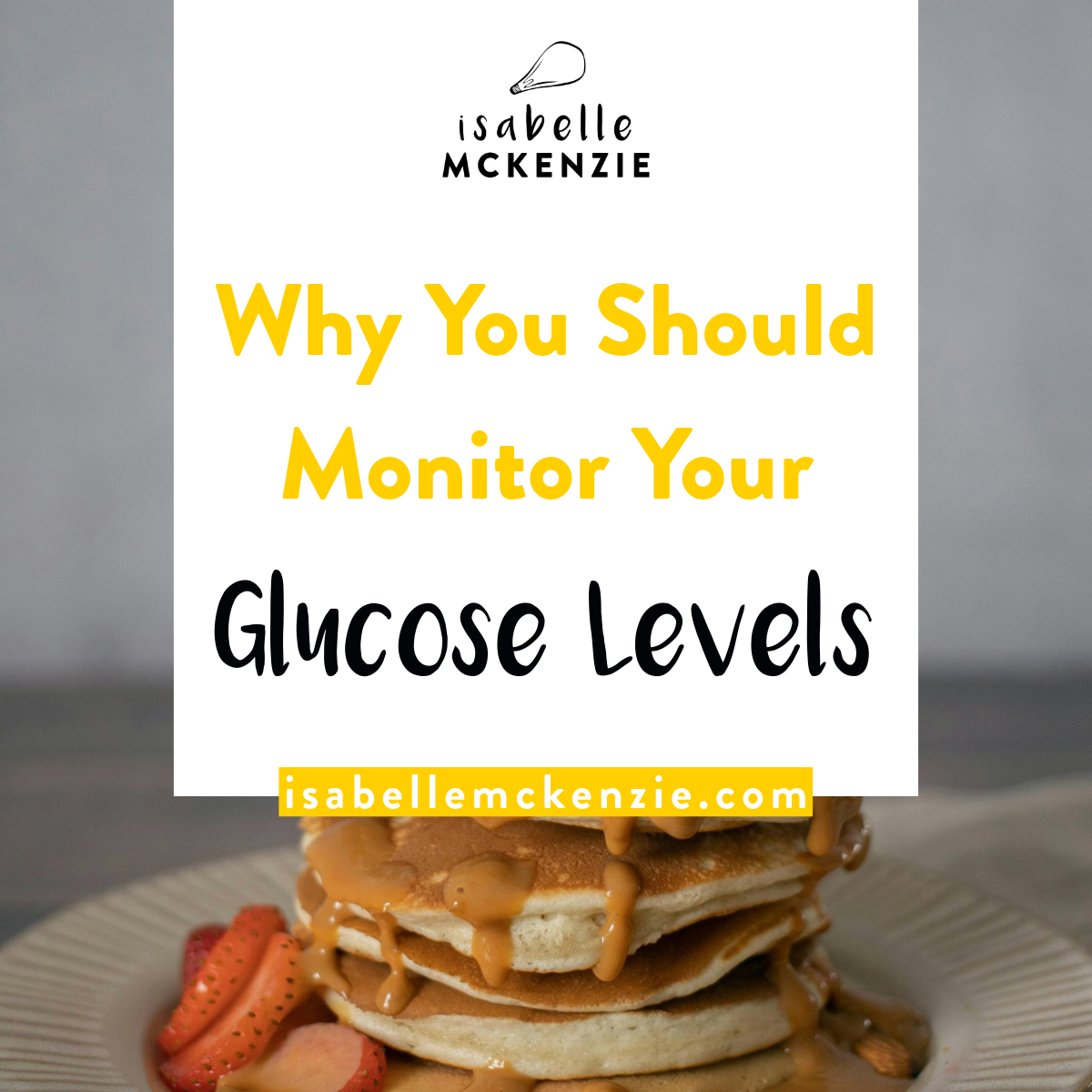How Have Mental Health Treatments Changed in Recent Decades?
#SugarBalancedLiving
Mental health care has come such a long way in just a few years, and this is really something for all of us to celebrate. Life can be hard for everyone at times, and while some people never struggle massively with their mental health, many people do. It’s not only normal but incredibly common, with most of us at some point in our lives needing some kind of support. Antidepressants were first given out by doctors back in the 1950s and while these were a game changer for helping to manage the biochemistry side of depression, the combined therapies we have today are incredibly helpful and effective in helping people manage these conditions. Clinicians are paying closer attention to sleep, nutrition, and stress patterns alongside medication and generally looking at the bigger picture.
Technology has made this easier, with wearables tracking daily habits and giving a clearer picture of what might be affecting mood and focus too. This sort of approach isn’t about replacing traditional treatment or more in depth mental health treatment centers (which are needed by extreme cases). But about adding layers that can make treatment more precise and effective.
Therapy that fits real life
One of the biggest changes in today’s world compared to the past is how much different therapy looks and feels. In person therapy sessions are of course still important, but virtual therapy has become normal instead of just a backup plan. People can now switch between video calls, secure messaging, app checkins depending on what works best for them that week. That flexibility has made it easier to stay consistent, which can often be half the battle when you’re struggling mentally. There’s also been more moves towards blending therapy with everyday life. Some therapists use short, structured exercises through apps, while others check in briefly throughout the day instead of saving everything for one long session.
Science catching up to emotions
In the last few years, brain research has started to change how mental health treatment actually works in practice. Instead of doctors relying on trial and error they can now use scans to show how someone’s brain might react to certain medications before they even take them. It saves time and it spares people the long and frustrating process of finding what helps. Another area getting attention is brain stimulation therapy, which uses gentle electrical signals to help calm overactive areas linked to depression or anxiety. It doesn’t replace medication, but for some people it’s made a real difference without the usual side effects. These tools are still improving, but they’ve already made treatment feel more personal so there's less about guessing, and more about understanding how the mind and body work together.
Community and connection
One fantastic leap we’ve made is the growing recognition that mental health doesn’t exist in isolation. The stigma around seeking help is fading and people are finding comfort in community based programs. Group therapy and peer support for mental health have taken on such a new life these days, they’re no longer old fashioned circles in community halls but online spaces that still feel human and connected. The focus isn’t on clinical language but just on shared experience and support, which is something so many of us can lack in the modern world. This kind of thing can be useful for keeping people grounded between their appointments or treatment cycles.
A more human future
All of these changes point to one thing: mental health treatment is becoming more personal, more practical, and more humane. It’s less about fitting people into systems and more about shaping care around how people actually live. It’s about giving people care that feels like it was made for them, not just handed to them.













